Black Lives Matter at School: From the Week of Action to Year-Round Anti-Racist Pedagogy and Protest
Every social justice educator should make building the BLM at School Week of Action during the first week of February a top priority.
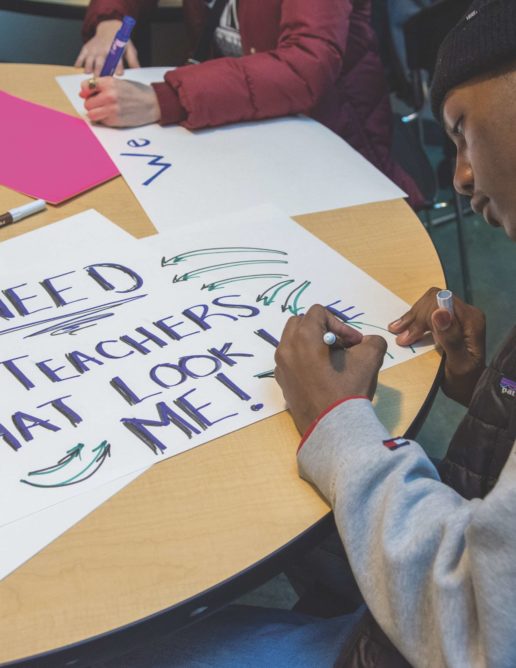
Every social justice educator should make building the BLM at School Week of Action during the first week of February a top priority.
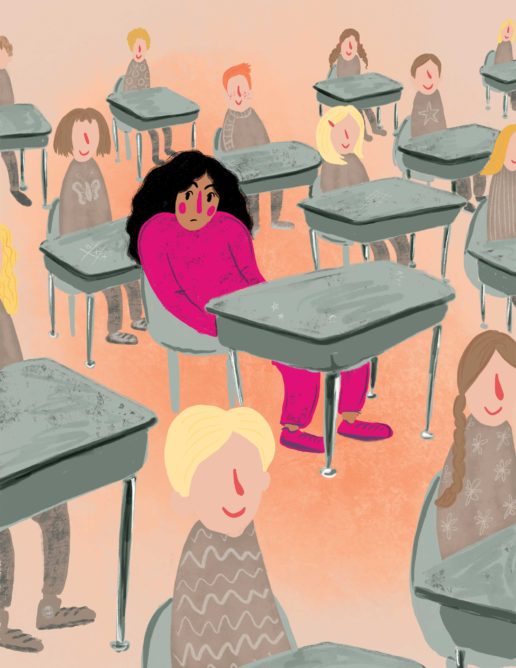
A Palestinian American mother describes the alienation that she felt in school, and how she draws on her experiences to imagine the schooling she wants for her children.

A teacher-educator describes how she keeps her students talking about race, even when it’s uncomfortable — and shows how those conversations make better teachers.

A 2nd-grade teacher shows how connecting a student’s home to the classroom led to profound lessons for all her students — in this case, about pipelines and climate justice.

Check out these valuable resources, reviewed by Rethinking Schools editors and Teaching for Change colleagues.
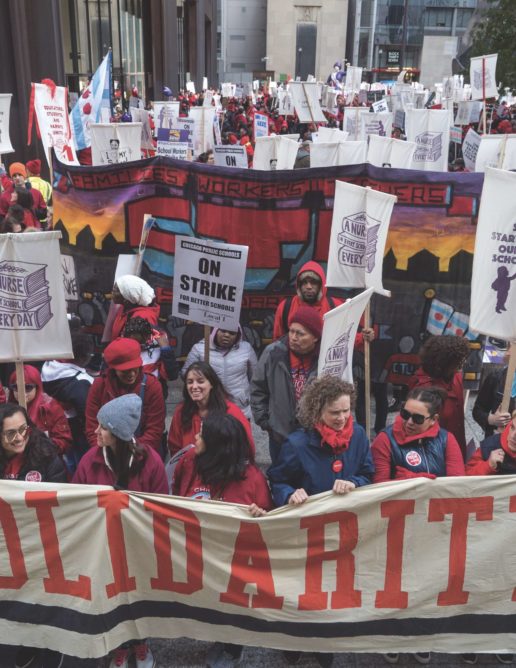
In 2018, numerous commentators portrayed the West Virginia, Oklahoma, Arizona, and Kentucky school walkouts as a purely “red state” phenomenon. But events this year have made clear that the strike […]

Oogenesis? Heterozygous? Science vocabulary can be difficult for students, especially English language learners. A science teacher describes how she reorients science classrooms to make vocabulary accessible.
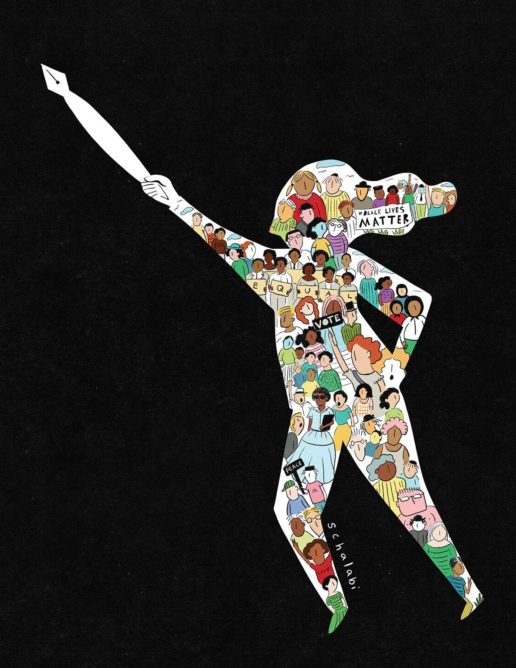
A high school English teacher deconstructs “Hero’s Journey” curriculum, shows its patriarchal prejudice, and talks about teaching collective rather than only individual transformation.
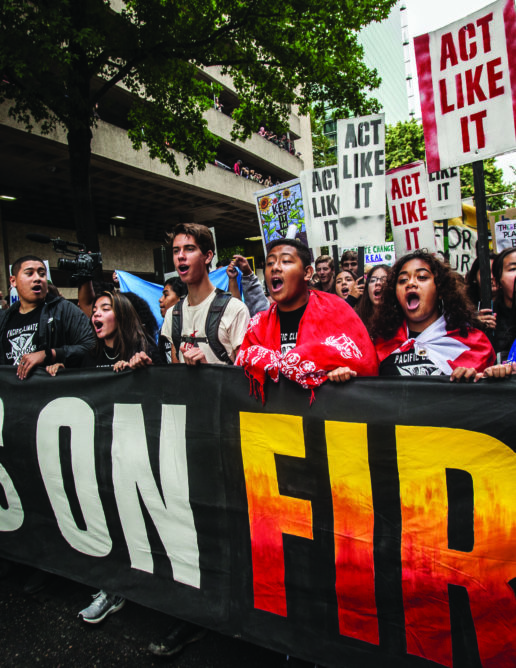
“Climate justice” education means a lot of things. But one key aspect is that we involve students in probing the social and economic roots of the crisis.
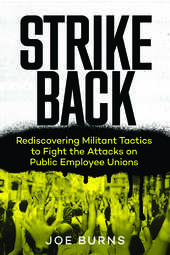
Check out these valuable resources, reviewed by Rethinking Schools editors and Teaching for Change colleagues.

A math teacher uses Barbies and action figures to teach proportional reasoning and other skills — and to help students think about society’s expectations of our shapes and sizes.
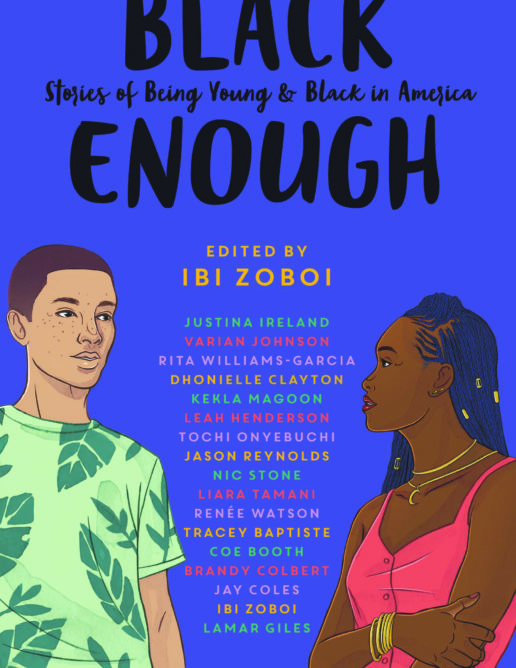
Check out these valuable resources, reviewed by Rethinking Schools editors and Teaching for Change colleagues.
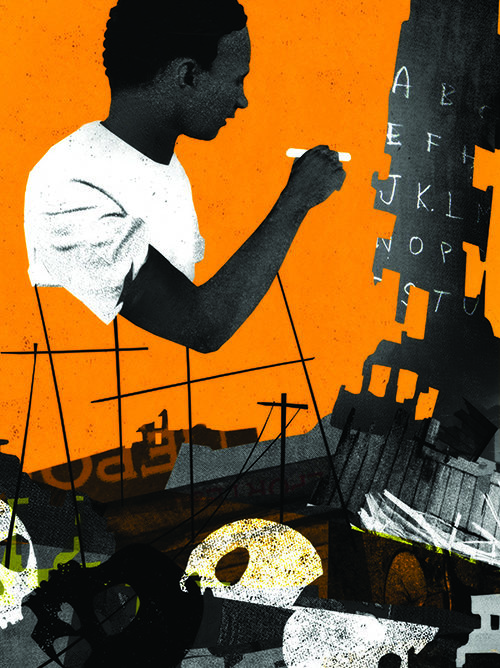
Immediately after an earthquake devastated Haiti in 2010, corporations swooped in to capitalize on the destruction and to privatize public enterprises. Hagopian explores how disaster capitalism hit the education system and what the effects were on students and families.
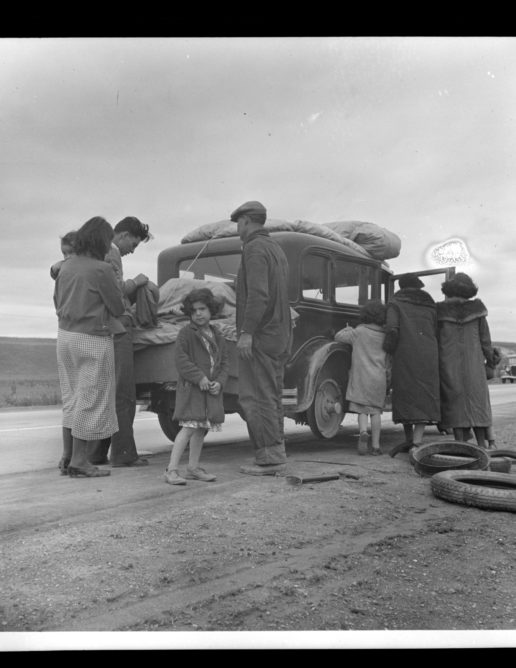
A social studies teacher describes the role play trial she developed around a largely forgotten period: when during the Great Depression the United States deported thousands of Mexican American families.
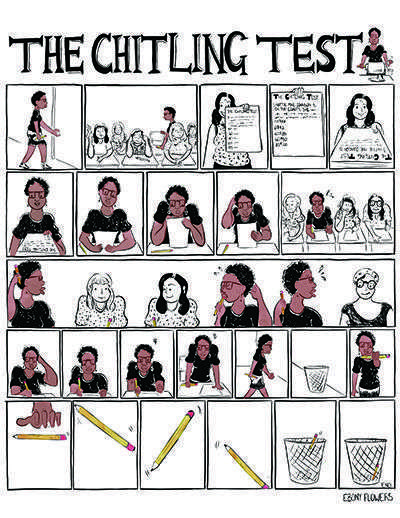
An educator reflects on how the education system has continually tested her Blackness from grade school through professional development, and argues that we need more Black spaces to nurture brilliance.

Check out these valuable resources, reviewed by Rethinking Schools editors and Teaching for Change colleagues.

How we seed and support student activism will vary from community to community, school to school, and grade level to grade level. But this is a crucial moment in history, and what we do as educators matters. When we help students explore and analyze exploitation, injustice, and danger in the world, we can also help them develop the knowledge and skills to change it.
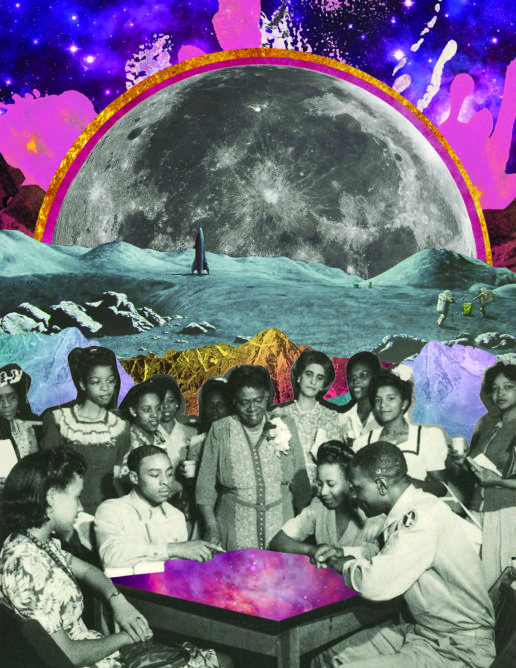
A physics teacher uses student research and other exercises to urge his high school class to wrestle with race, privilege, and representation.
In the spring 2011 issue of Rethinking Schools we editorialized about the immense gulf between our terrible environmental crisis — especially the climate crisis — and the adequacy of schools’ curricular response. Seven years later, we still see this gap between crisis and curriculum — which is why we are launching this regular “Earth, Justice, and Our Classrooms” column: to offer encouragement and resources for teachers to help students explore the roots and consequences of the crisis and figure out how to respond.
NCTQ, which claims to “provide an alternative national voice to existing teacher organizations and to build the case for a comprehensive reform agenda that would challenge the current structure and regulation of the profession,” was created by the Thomas B. Fordham Foundation in 2000 and incorporated in 2001 as a policy response to a perception that colleges of education were not adequately preparing teachers. According to education historian and NCTQ critic Diane Ravitch, the conservative members of the Thomas B. Fordham foundation perceived teacher training as problematic due to an overemphasis on social justice and a lack of focus on basic academic skills and abilities. Thus, NCTQ was originally founded as an entity through which to encourage alternative certification and circumvent colleges of education. Indeed, early on, NCTQ was closely connected to ABCTE (American Board for the Certification of Teacher Excellence), which created a series of tests that potential teachers could pass in order to bypass teacher education programs altogether by paying $1,995.00.
How 4th-grade students in Southern California were helped by their teachers to develop curriculum surrounding the mass deportation of U.S. citizens of Mexican heritage in the 1930s and pass a law to investigate what happened.

Check out these valuable resources, reviewed by Rethinking Schools editors and Teaching for Change colleagues.
A special education teacher uses poetry to help her middle school students write their own narratives and celebrate themselves.

A high school teacher uses the #MeToo movement and students’ own experiences with apologies to interrogate the government’s 1993 apology to Native Hawaiians for the 1893 overthrow of the Kingdom of Hawai’i.
The wave of struggles sweeping through the United States are more than “red state” revolts. They are rebellions against the austerity and privatization that has been driving federal and state economic policy for decades. The dynamics and political landscape are different in each state. However, almost all of the states where statewide actions have occurred are right-to-work states, which have seen the steepest cuts in school funding and sharpest erosion of teacher pay and benefits. These states are less likely to have collective bargaining rights and local district contracts. This puts more focus on state budgets and state decisions about healthcare and pensions, and encourages statewide action focused on the legislature. Consequently, many of the walkouts have been more akin to mass political protests seeking broad changes in public policy. But other common factors underlying these grassroots protests are likely to keep rebellion spreading to “purple” states like Colorado (where there was a walkout in April) and North Carolina (May) and beyond. Almost everywhere in “red states” and “blue states” alike, budget and tax policy has been used to erode social services, shrink public space, undermine union power, and transfer wealth upward, all the while making the lives of working people harder.